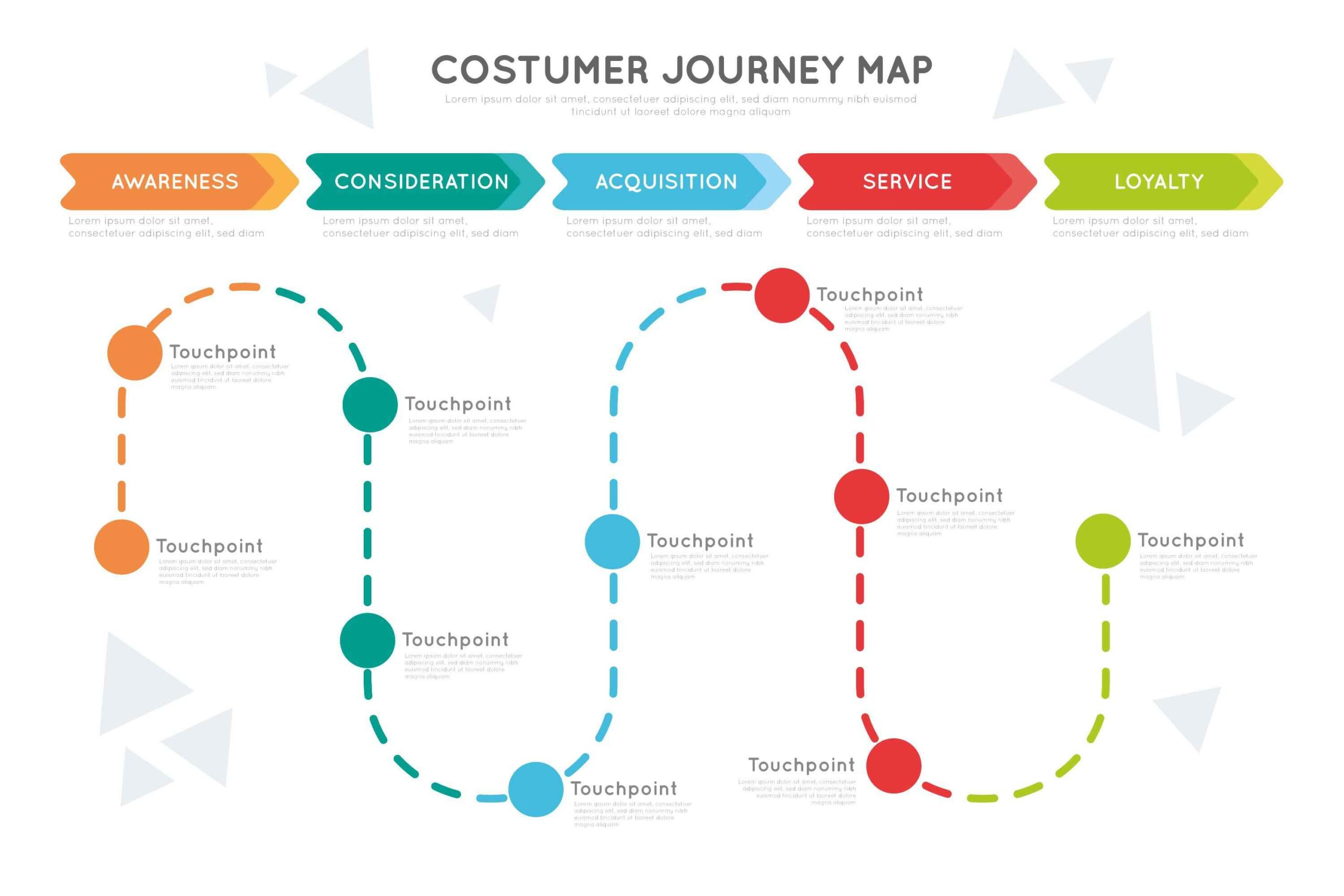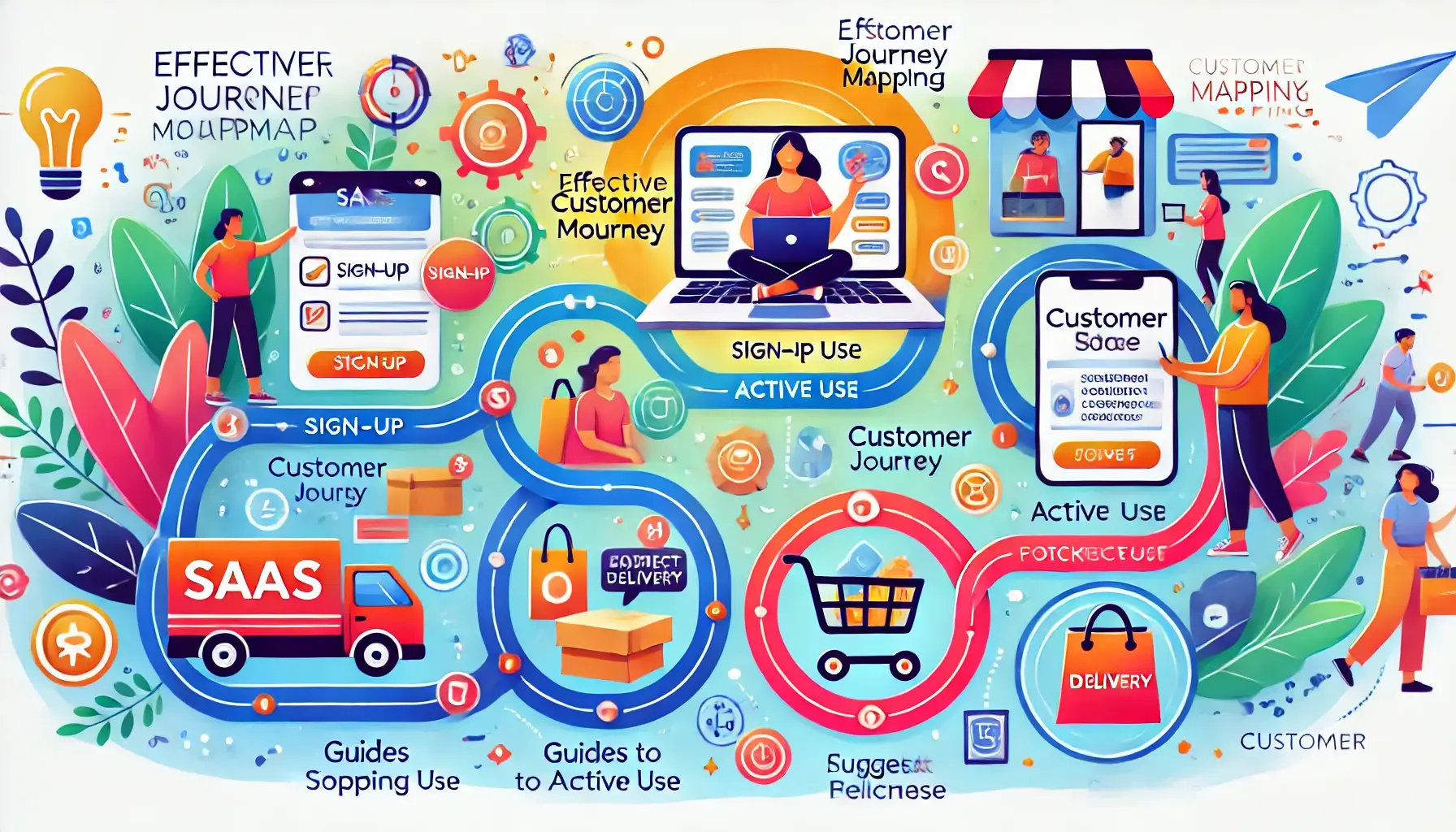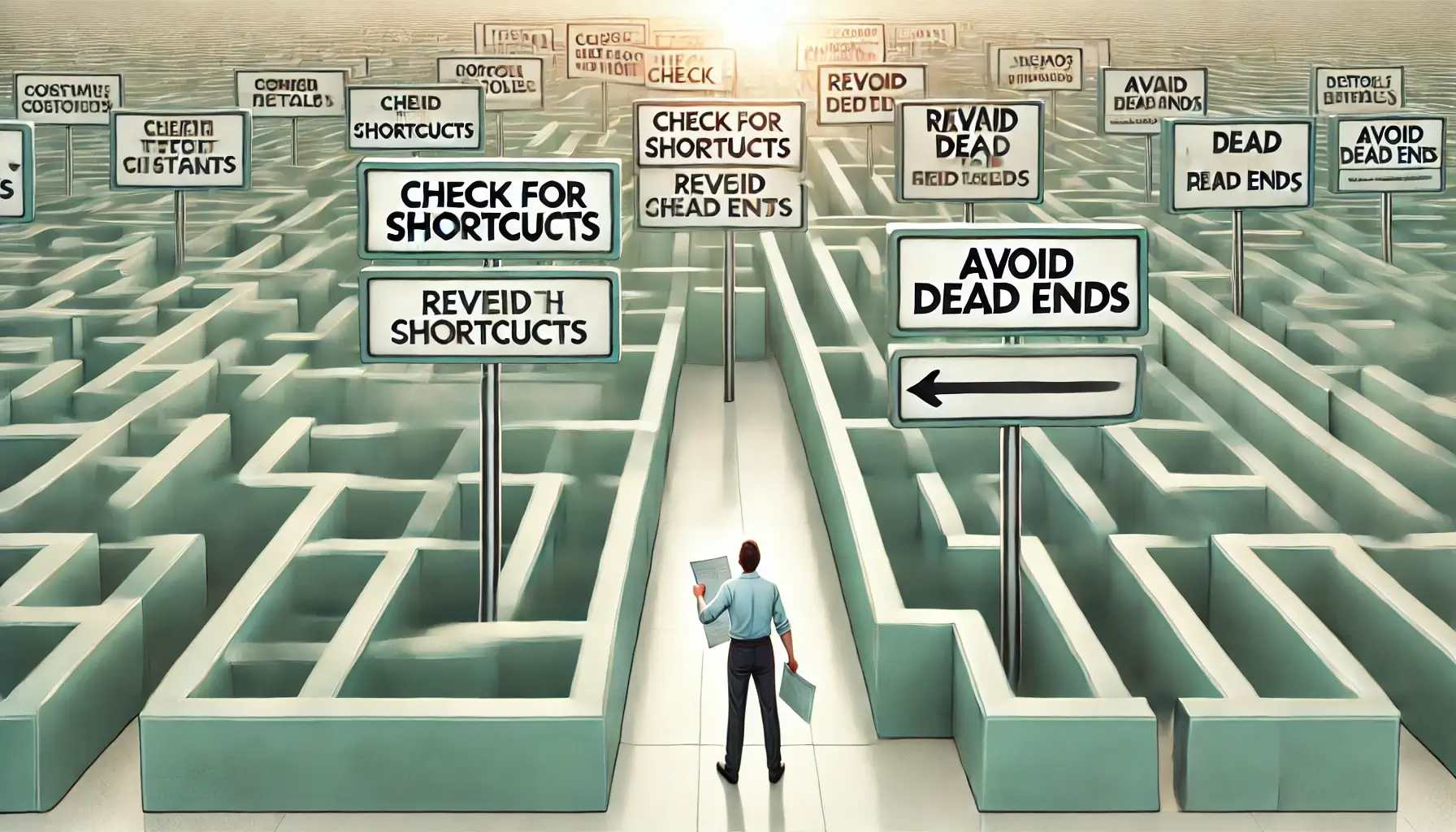Customer journey mapping is all about visualizing your customers’ experiences with your business. By understanding their path from awareness to post-purchase, you can enhance engagement and improve satisfaction. This map helps identify pain points and opportunities for better customer interaction. Let’s dive deeper into what it means and how it works.
why customer journey is important
Customer journey mapping is about understanding the steps a customer takes when interacting with your brand. It’s a way to create a visual representation that outlines their emotions, decisions, and touchpoints throughout the journey. By mapping this process, businesses gain valuable insights into how customers interact with their brand, which leads to better strategies for increasing conversions and improving customer experiences.
Think of it as drawing a map for a trip. You mark the stops, what you’ll do there, and how to prepare for each step. Similarly, journey mapping lets you see the full picture of your customer’s experience, so you can guide them better and create a more enjoyable interaction.
The Stages of the Customer Journey

Customer journey mapping is about understanding the steps a customer takes when interacting with your brand. It’s a way to create a visual representation that outlines their emotions, decisions, and touchpoints throughout the journey. By mapping this process, businesses gain valuable insights into how customers interact with their brand, which leads to better strategies for increasing conversions and improving customer experiences.
Think of it as drawing a map for a trip. You mark the stops, what you’ll do there, and how to prepare for each step. Similarly, journey mapping lets you see the full picture of your customer’s experience, so you can guide them better and create a more enjoyable interaction.
The Role of Data in Mapping Your Journey
Data is like the fuel that powers your journey map. By analyzing customer interactions across touchpoints—your website, emails, social media, and support channels—you can identify pain points and gaps. These insights make it easier to personalize the journey and improve engagement strategies.
For instance, if you notice customers often abandon their carts on your website, the data can reveal the reasons behind it. Perhaps the checkout process is too long, or shipping costs are unclear. Understanding this allows you to make changes that keep customers moving forward in their journey.
Data also helps you uncover trends, such as which marketing channels bring in the most traffic or where customers spend the most time. Using these insights, you can optimize your strategies to align with customer behavior.
Creating Your Own Customer Journey Map

Building a customer journey map involves several key steps:
- Define Customer Personas: Understand who your customers are—what motivates them, their needs, and their pain points. Personas help you see the journey from the customer’s perspective.
- Identify Key Touchpoints: Find out where customers interact with your business. This could be through your website, social media, customer support, or in-store visits.
- Map the Journey: Plot the steps your customers take across touchpoints. Focus on their emotions, actions, and decisions at each stage.
- Analyze and Optimize: Use feedback and data to refine and improve the map continuously. Adjust as your business grows and customer behaviors evolve.
A good journey map isn’t static. It evolves over time and adapts to changes in customer expectations and business strategies.
Best Practices for Journey Mapping
For your map to be effective, keep these best practices in mind:
- Collaborate Across Teams: Involve people from marketing, sales, and customer support. This ensures you’re covering all perspectives and creating a comprehensive map.
- Focus on Emotions: Understanding how customers feel at each stage is just as important as knowing what they do. Their emotional journey influences their decisions and loyalty.
- Keep It Simple: Highlight the essential touchpoints and avoid overcomplicating the map. Simplicity ensures clarity and usability.
- Update Regularly: Customer behaviors and expectations change over time. Your map should be a living document that reflects these changes.
When done right, journey mapping becomes a powerful tool to understand and improve the customer experience. It helps you identify gaps, strengthen weak areas, and create a seamless journey for your customers.
Real-life Examples of Effective Journey Mapping

Many businesses have successfully used customer journey maps to optimize their processes. Here are some examples:
- SaaS Company: A SaaS company mapped its onboarding process to ensure customers move smoothly from sign-up to active use. By identifying points where users struggled, they introduced guides and tutorials to help customers get started.
- Retail Brand: A retail brand mapped the journey from browsing to purchase. They discovered that many customers dropped off during checkout, so they simplified the process and provided clearer shipping information, resulting in higher conversions.
- E-commerce Business: An e-commerce business mapped post-purchase interactions and added follow-up emails with product care tips, which improved customer satisfaction and boosted repeat purchases.
Studying these examples can inspire your own journey mapping and show you the impact it can have on your business.
Optimizing Your Funnel for Better Results
Once you’ve mapped the journey, it’s time to optimize it. Look for friction points in your funnel and work to remove them. For instance:
- If customers abandon carts, simplify the checkout process and offer options like guest checkout.
- Use personalized emails to re-engage customers during the consideration phase. For example, send recommendations based on their browsing history.
- Offer clear, helpful post-purchase support to build trust and encourage repeat business.
Regular analysis and tweaks keep your funnel effective and aligned with customer expectations. Optimization ensures that your customers’ path to purchase remains smooth and satisfying.
Tools to Help You Map Your Customer Journey
Several tools can simplify the process of journey mapping. Here are a few popular ones:
- Smaply and Lucidchart: These tools provide templates and visual aids for creating detailed journey maps. They’re easy to use and customizable.
- HubSpot: HubSpot offers journey mapping within its marketing automation suite, allowing you to incorporate real-time data for a more accurate map.
- Trello and Miro: These collaborative tools are great for mapping customer journeys across teams. They’re especially useful for brainstorming and updating maps.
Choose a tool that fits your needs and budget. Make sure it’s easy to update as customer behaviors evolve, ensuring your map stays relevant.
Common Mistakes to Avoid in Customer Journey Mapping

Here are some common mistakes businesses make and how to avoid them:
- Overcomplicating the Map: Stick to key touchpoints and actions. Avoid adding unnecessary details that can make the map confusing.
- Ignoring Emotions: Emotions play a significant role in customer decisions. Be sure to capture how customers feel at each stage of their journey.
- Not Collaborating Across Teams: A journey map created by just one department may miss important perspectives. Collaboration ensures accuracy and completeness.
- Using Outdated Data: Keep your map fresh by regularly updating it with current data. Outdated information can lead to ineffective strategies.
Avoiding these mistakes will help you create a journey map that is actionable and effective.
Conclusion: Enhancing Customer Experience Through Mapping
Customer journey mapping is a powerful tool to enhance satisfaction and drive business success. By understanding your customers’ journey, identifying pain points, and optimizing each touchpoint, you create a seamless experience that leads to higher conversions and stronger loyalty.
Mapping the customer journey recap:
- Continuously update your map to reflect changes in customer behavior.
- Collaborate with your teams to create a unified approach.
- Focus on both actions and emotions to understand the complete journey.
Investing in customer journey mapping not only improves experiences but also fosters long-term growth for your business. Start today to ensure your customers have a positive, memorable experience with your brand at every stage of their journey.





